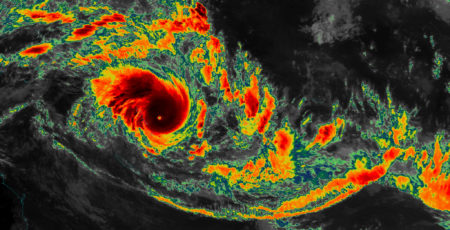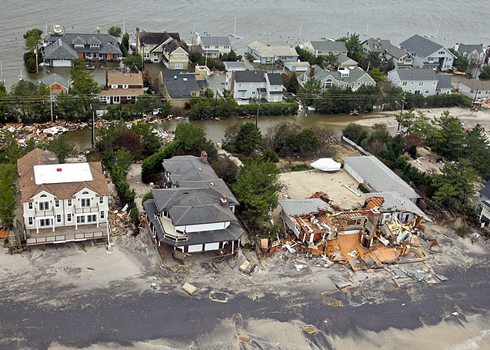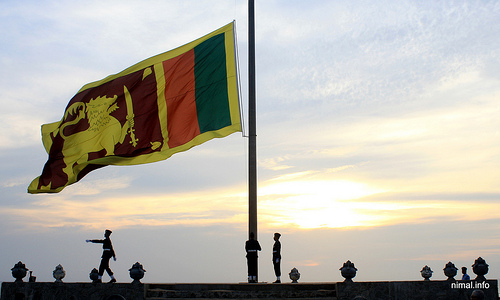
This article was originally published by the Middle East Institute (MEI) on 16 June 2016.
What is Disaster Diplomacy?
Disaster diplomacy investigates how and why disaster-related activities (pre-disaster and post-disaster) influence conflict and cooperation. [1]
Planning, preparation, and damage reduction are part of pre-disaster activities, which are termed ‘disaster risk reduction,’ focusing on addressing the root causes of disasters. Those root causes are, fundamentally, power and politics (particularly as related to resource allocation), societal sectors gaining from others’ vulnerability, and preference for short-term profit over long-term safety. Post-disaster activities refer to response, reconstruction, and recovery.
There have been numerous case studies of disaster diplomacy, covering various countries, regions and time periods, as well as a wide array of hazards—from environmental phenomena, such as earthquakes and floods, to technology-related incidences, such as train crashes and poisonings. The case studies have investigated many types of diplomacy: bilateralism, multilateralism, intergovernmental and international organizations, nongovernmental entities, and international relations conducted by non-sovereign jurisdictions such as provinces or cities (often called para-diplomacy, proto-diplomacy, and micro-diplomacy). The case studies also encompass many forms of conflict, ranging from interstate war and internal insurrections to the absence of diplomatic relations, frosty interactions, and political disagreements.
Across all case studies, no examples have been found where disaster-related activities have created new diplomatic initiatives. To be sure, disaster-related activities can serve as a catalyst for pre-existing diplomatic endeavors. In such instances, cultural links, informal or secret diplomatic negotiations, interactions in multilateral organizations, trade connections, or business and economic development can provide the conditions conducive to spurring disaster diplomacy.



